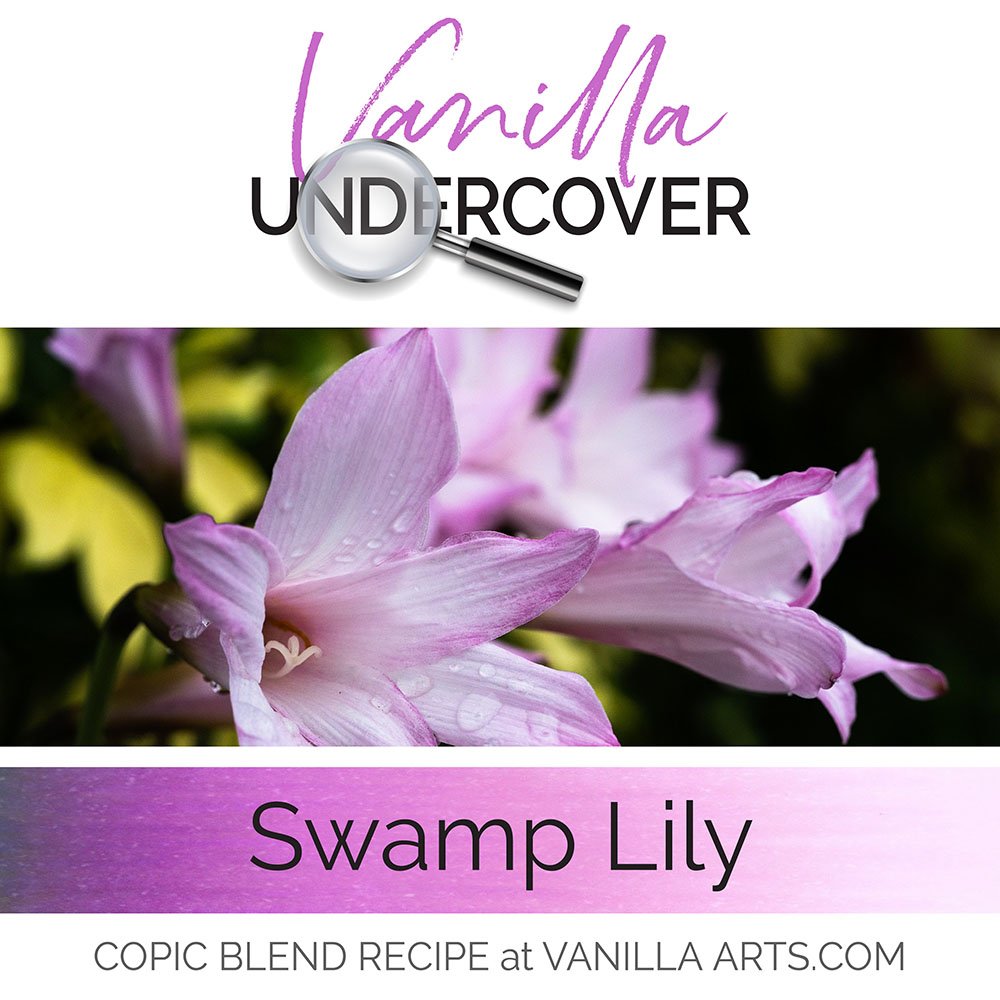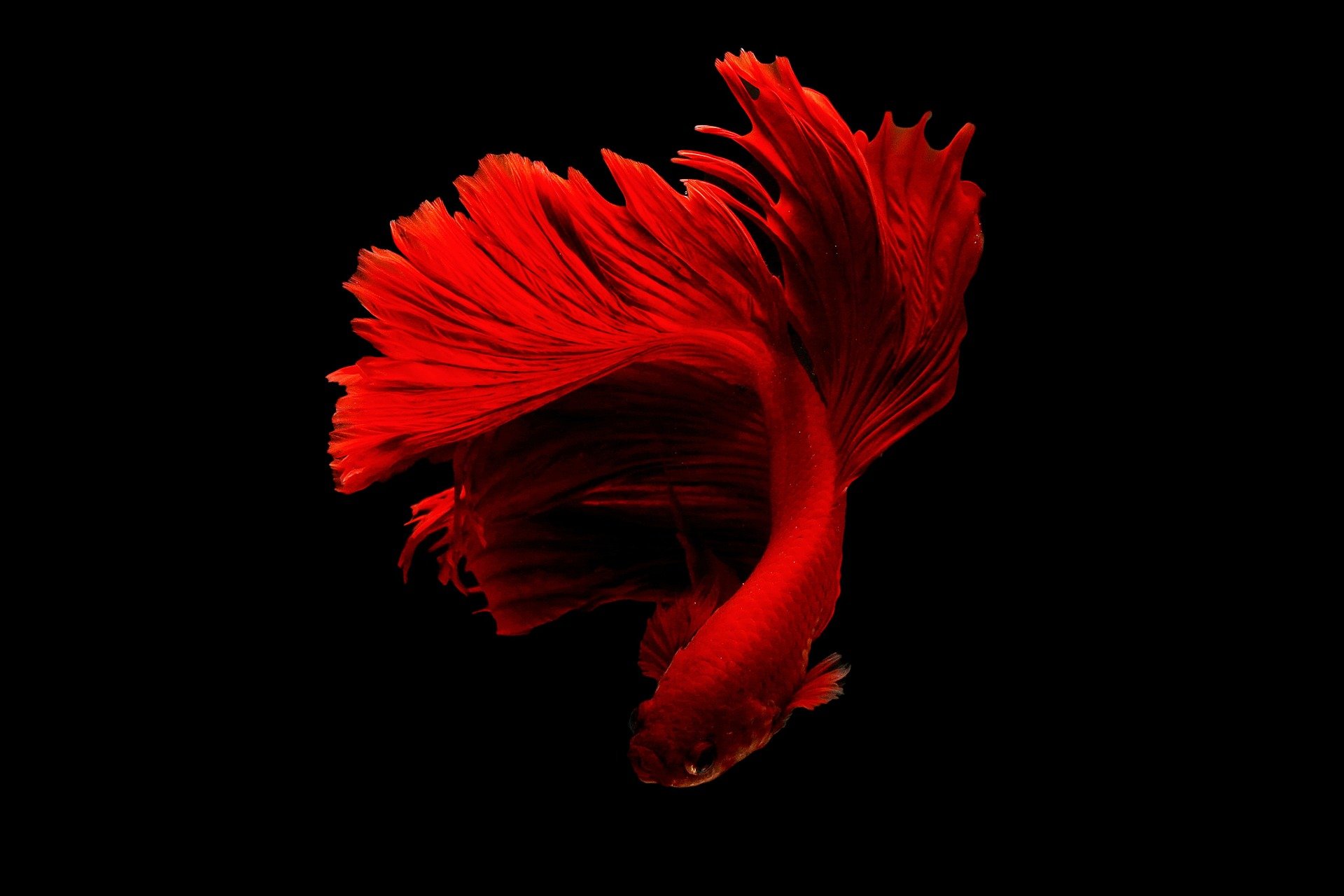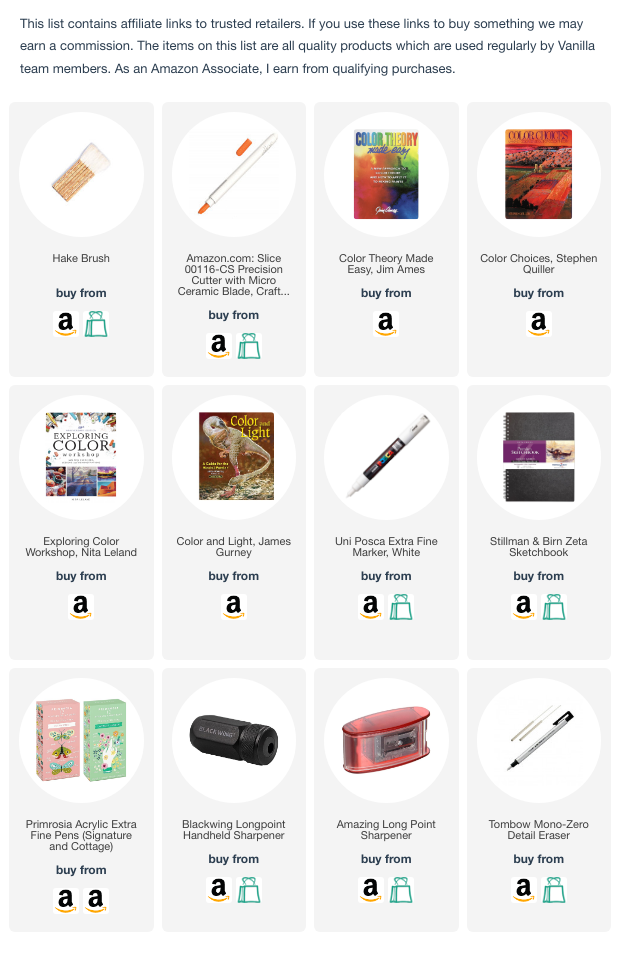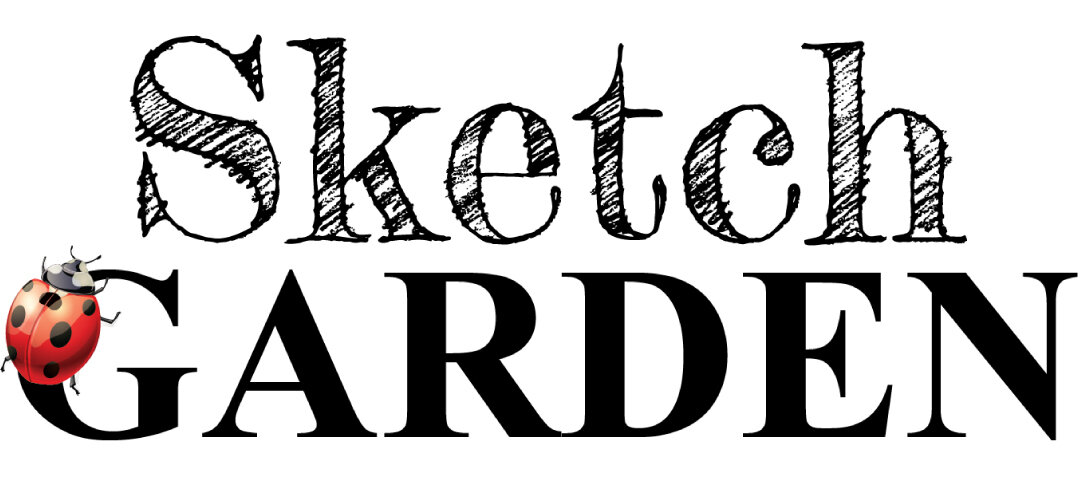Thanks for taking the jump to read today’s newsletter. If you landed on this page by accident, subscribe to the Vanilla Beans Newsletter here.
Hey folks, I’m back with a new Color Theory lesson today.
But before we start— because it’s been a couple of weeks since the last lesson…
And because we’ve had a burst of new subscriptions…
Head back to our last lesson and read it (or read it again).
Make sure you understand saturation before we take today’s U-turn.
We’re about to explore The Wide World of Desaturated Color.
Basically, the real world of real color.
As we learned in the Barbie experiment, even objects that are a completely saturated color do not look saturated on the top, bottom, and sides.
Desaturated colors are what the hobby coloring community calls “shade”. In the upcoming weeks, you’ll learn why “shade” is the wrong word. More to come on that, I promise.
But anyway, to borrow the term you know, this faux-shade stuff is the weird and wonderful color that makes objects look three-dimensional.
Many of you found me when you started wondering “hmmmm, I’m doing everything they said, so why does my coloring still look flat?”
Y’all know I tend to get up on my soap box about how “shade isn’t just a darker version of the same color…”
Stop me if you’ve heard it before (or go read this if you haven’t).
Anway, I say it a lot, so let’s all say it together:
Shade isn’t darker color.
Shade is desaturated color.
So what exactly is desaturation?
In the simplest terms:
Desaturation is when we add anything to a saturated color.
And I do mean ANYTHING.
You can add water, you can add solvents like alcohol or extenders like wax. You can add other colors like white or black. You can also add hot fudge.
All it takes is a little contamination and you’ve got instant desaturation.
Simple enough for you?
Good, because this won’t stay simple for long.
More on that in the upcoming weeks too.
Okay, so again— if you’ve spent more than five minutes with me, you’ve heard me talk about how I use the Underpainting Technique to create realistic shade colors.
Let’s all say it together:
We use underpainting to make the colors Copic does not make.
And it’s totally true. Copic makes 358 colors but within that 358, there are only a few murky, muddy, desaturated colors.
And sadly, they’re not even close to being dirty enough.
Don’t blame Copic though— there are many reasons why they don’t make good desaturates.
But Amy! Copic makes lots of desaturated colors! Everyone says, as the Copic first number gets higher, the colors get more desaturated.
Well…
Kinda…
Yes, the Copic Y-Twenties are desaturated yellows. The R-Eighties and the RV-Nineties are murky reds and pinks.
But to be honest, they’re not very desaturated.
Let’s call them pleasantly desaturated.
The person who told you to shade a Cherry Blossom with RV69 had good intentions but RV69 is kinda the Diet Coke of the desaturation world.
RV69 is not really the color of pink shade.
It’s simply a palatable substitute for shade.
Copic knows if they make the real color of real red shade, most sane people will never buy them.
Be honest, none of you is rushing out today to purchase Diaper Surprise, Vintage Bologna, and Pothole Deep.
Properly desaturated colors don’t look great on the shelf.
It’s just basic marketing. Give the customers what they want.
And the general public likes it pretty.
But there’s another reason Copic doesn’t sell the desats we need.
It’s because there’s no way for Copic to know which desats we need.
Every project has different color parameters.
And I don’t just mean the color palette.
Parameters.
The colors we see in the world around us aren’t just a decision at the factory to make your couch Pantone 295C and your shirt 485C.
Color is the product of it’s origin plus unique environmental conditions.
In today’s newsletter, I’ve bombarded you with cherry blossoms.
Scroll back up and look at them all again.
Now I’m no horticultural expert but I do know color.
Even if every tree today was the same exact species…
You’d never color them all with the same pink blending combination.
Some are RV-Zero-ish, some are more R-Twenty-ish. I’d be pulling out my V markers for one of ‘em.
Why is that?
Because every tree was photographed at a different time of day and in different weather conditions. Even more important, how we see the pink is altered by the colors we see around the pink.
This is what I mean by environmental conditions.
How we see a color changes with the environment around the color.
Now let’s take the next mental step:
How we shade a color changes with the environment.
A pink petal next to a green leaf with warm lighting conditions needs a different shade of shade than the same pink petal on a naked branch under cool lighting conditions.
There’s no way for Copic to predict the all the permutations of desaturated pink you’ll need in a year. Even if you pinkie promise to buy every nasty pink they crank out, the odds of you having the right marker at the right time are miniscule.
And here’s the real bummer:
Even if you bought every ugly pink, it could be decades before you’ll need it again…
So desaturated markers are a complete waste of money.
Folks, this is why we’re here.
Everything I’ve taught you about color theory so far has been leading to this moment.
Until you understand desaturation, you can not color with realism.
Well, okay… you can copy what I do. You can find other realistic artists or instructors and copy what they do.
But you?
Just you, when you’re all by yourself and coloring on your own?
To color independently with realism, you need to know what you’re doing.
And don’t tell me that’s what photo references are for. You can’t just copy what you see in a photograph. Copying without understanding leads to very bad art.
To see desaturated color clearly, you must understand desaturated color clearly.
So here we are, 27 weeks into this Color Theory Quest and we’re finally at the heart.
Let’s get started.
NEW VIDEO
IF YOU LIKED TODAY’S BEANS & VIDEOS, YOU CAN SUPPORT FUTURE FREE LESSONS:
MAY LIVESTREAMS
FRIDAY, MAY 3 @ 1PM Topic: Ride or Die Colors
FRIDAY, MAY 10 AT 1PM Topic: Tasty Texture
SATURDAY, MAY 11 @ 1PM Topic: Warm vs Cool
TUESDAY, MAY 14 @7PM Topic: Berry & Blossom
WATCH THE APRIL STREAMS
WATCH NOW: 6 Secrets for Smoother Blends
MARCH STREAM: Best/Worst Paper for Markers
APRIL RECORDING: Amy draws and colors Shy Tulip here.
MARCH STREAM: Amy draws and colors Carrot Seeds here.
Background image: “Flutterby” - online beginner class here
FOREVER PINK
Speaking of shading pale pink petals…
“Cherry Blossom” - intermediate level online workshop
This workshop includes the digital stamp, full color workbook with step by steps and tips, plus the recorded demonstration from the original Color Wonk version of Cherry blossom.
Sorry, Wonk Forum access is not included.
And yes, this is the Forever Access version. You can color it again next year and in 2027 and in 2042 and 2051…
FOREVER SPRING TOO!
After multiple requests, I’ve brought back the first Color Wonk projects. This is a new format, pairing similar themes in what I’m calling a Class Duo. Two, two, two classes in one!
PRODUCT OF THE WEEK:
Easy Slant-board
A couple weeks ago, I linked here to my desktop slant board which is wonderful but also $$$.
I forgot to link to an excellent budget friendly board.
Don’t let the Amazon listing fool you, it’s marketed to kids but I have at least 20 students coloring quite happily on this affordable and travel friendly version.
Remember, when you shop using my link above, any Amazon purchase over the next 24 hours supports the free content here and at YouTube.
THIS WEEK IN COLOR
CURRENT PASSWORD: RubberDuckie
SPRING, SPRING, SPRING
click for more info
GONE FOREVER…
The Verdant Spring workshop will be permanently retired on April 30th, 2024. Here’s one last discount before it leaves the shop.
Use code PINKPEONY at checkout to save 15% on Verdant Spring. Special discount ends 04/3o/2024.
NOTE: Verdant Spring is a forever access class. Once you’ve purchased the course, you will continue to have anytime access. I’m only removing it from the public Workshop menu, not ending your access.










































